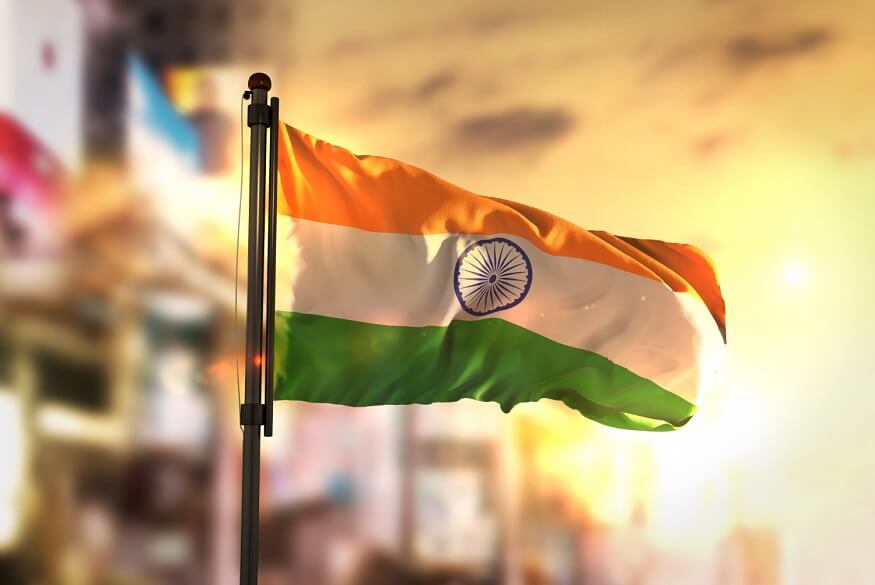Every year on August 15, we celebrate Indian Independence Day with tremendous fervour since it commemorates the historic moment when India finally overthrew British colonial authority in 1947. This significant accomplishment is the result of years of hardship, sacrifice, and steadfast resolve demonstrated by our gallant liberation fighters. Children learn great respect for the amazing accomplishments of our beloved leaders as well as a deeper grasp of our country’s rich history by exploring the facts about Indian Independence Day and embracing its principles. The strong sense of nationalism that connects us as a people is powerfully reinforced by this day. As we fight to defend the essential facts about Indian independence, unity, and progress that create our shared identity, it is critical to remember and honour the immense pains endured by our liberation fighters. Their noble efforts continue to motivate and instruct us, instilling in every one of us a feeling of pride and accountability. Let’s set off on this journey of commemoration and joy while honouring the memory of our freedom fighters and pledging to safeguard the great principles that they sacrificed so much to achieve.
Also Read: 10 Interesting Facts About Rabindranath Tagore
1. The Struggle for Freedom
Mahatma Gandhi, Jawaharlal Nehru, Subhas Chandra Bose, and Rani Laxmibai were among the prominent figures who spearheaded the steadfast resistance to British colonial control for the freedom of India. Through iconic movements like the Non-Cooperation Movement and the Civil Disobedience Movement, Indians boycotted British institutions and peacefully protested unjust laws. The sacrifices of heroes like Bhagat Singh and Rani Laxmibai continue to inspire us today, igniting a sense of patriotism and fueling the desire for independence. Finally, on August 15, 1947, our unwavering spirit and relentless efforts led to the long-awaited triumph of independence.
2. Mahatma Gandhi’s Position
India’s struggle for independence as the symbol of peace and nonviolence, Mahatma Gandhi’s teachings on truth-force (Satyagraha) and nonviolence (Ahimsa) served as potent tools in the fight against British rule.
Gandhi’s leadership was marked by his simplicity, moral courage, and deep empathy for the marginalised. He spearheaded movements like the Salt March, where he and thousands of followers marched to the Arabian Sea to produce salt in defiance of the British salt tax. This act of civil disobedience showcased the power of nonviolent resistance and united the Indian masses.
Gandhi’s emphasis on Swadeshi, or the use of indigenous products, aimed to promote self-reliance and economic empowerment. He encouraged the spinning of khadi, or hand-spun cloth, as a symbol of self-sufficiency and a means to revive India’s rural economy. In addition to challenging British economic domination, these activities helped the Indian people feel proud of themselves and united.
People nowadays continue to be inspired by Gandhi’s principles and beliefs. His steadfast commitment to justice, equality, and nonviolence serves as a ray of hope for people who are trying to create a just and peaceful society.
3. The Partition
In 1947, after the partition of India, two nations Pakistan and India were born. Pakistan was created in response to the need for a Muslim-only country, with West Pakistan and East Pakistan (now Bangladesh) located on each side of India.
There was terrible chaos and sorrow after the division. Communal violence broke out, causing the relocation of millions of people, the loss of countless lives, and the dissolution of long-established communities. It was a difficult period in Indian history that deeply impacted the country’s collective psyche.
The division emphasised the value of racial harmony, intolerance, and cohesion. It serves as a reminder of the terrible effects of divisiveness and the necessity of working together.
4. The Midnight Speech
“Tryst with Destiny” speech, which was delivered at midnight on the night before India gained independence. In Nehru’s remarks, the spirit of hope, optimism, and perseverance that typified the creation of a new nation was captured.
Nehru emphasised the importance of the occasion and the enormous responsibilities that lie ahead in his passionate speech. Every Indian citizen would have the same rights, opportunities, and dignity in his or her vision of an inclusive, democratic, and unified India. Millions of people were motivated to participate in nation-building and growth by Nehru’s comments, which echoed across the country.
The lecture emphasised the importance of social justice, equality, and freedom. Nehru’s vision established the framework for a modern India that would tap into its enormous potential and enhance global well-being.
5. The National Flag and Anthem
The Indian national flag, proudly known as the Tiranga, is a symbol of our nation’s identity and pride. It comprises three horizontal stripes of saffron, white, and green, representing courage and sacrifice, peace and truth, and fertility and prosperity, respectively. The center of the flag features the Ashoka Chakra, a 24-spoked wheel symbolizing righteousness, progress, and eternal motion.
India’s unity, variety, and rich cultural legacy are all represented by the national flag. It reminds us of the sacrifices made by our freedom warriors and the principles they upheld.
Similar to this, Rabindranath Tagore’s composition of the national song, “Jana Gana Mana,” inspires a strong sense of nationalism and harmony. It highlights India’s distinctive cultural tapestry and pays homage to the country’s numerous traditions and languages.
Also Read: 10 interesting ways to learn history
Conclusion
The celebration of Indian Independence Day serves as a particular occasion to recall the battles, sacrifices, and triumphs that brought us freedom. Children may develop a profound understanding of our nation’s history and the ideals it stands for by knowing these five crucial facts about Indian Independence Day. It is our collective duty to defend the facts about independence, unity, and growth in remembrance of the suffering endured by our liberation warriors. Let’s embrace patriotism as kids and work to give our beloved India a better future. May the ideals of freedom, peace, and equality guide us on our journey as responsible citizens. As we work to create a country that cherishes diversity, peace, and growth, let us cherish and defend our freedom. Independence Day helps to remind us of our shared heritage and the strength that comes from cooperating.
At Euroschool, we strongly believe in imparting the significance of Indian Independence Day to every young individual. This historic day honours the enormous sacrifices made by our brave freedom fighters as well as the facts about independence of India from British colonial oppression. Recognizing the steadfast strength and tenacity of legendary leaders like Mahatma Gandhi, who spearheaded the non-violent resistance movement, is crucial. An important reminder of our country’s everlasting dedication to the ideals of independence, harmony, and growth is provided by Indian Independence Day. Let us observe this auspicious day with deep-seated pride and sincere thankfulness. By establishing these principles in our children’s brains, we open the door to a future in which facts about independence and equality flourish. Let’s work together to guarantee that the legacy of our freedom warriors is respected and that their vision of a united and prosperous India remains alive in the hearts of generations to come.










